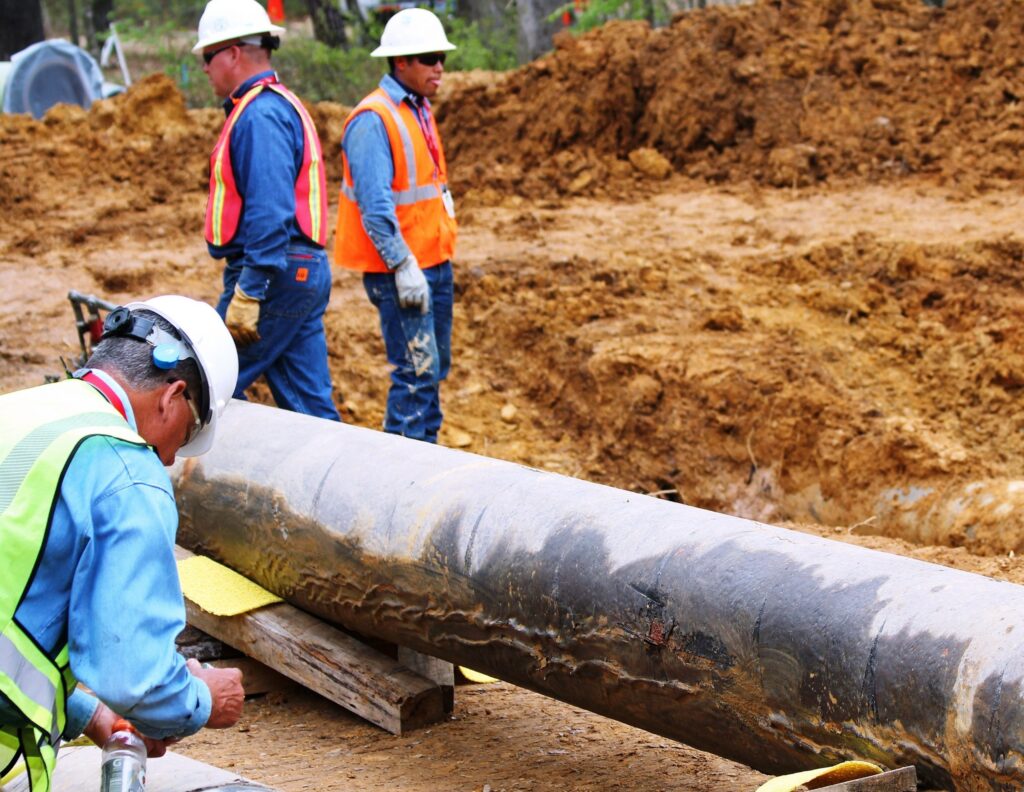As we surge into an era ruled by technological advancements, industries that rely on infrastructure such as pipelines benefit from many innovations designed to simplify management, enhance safety, and optimize performance. Pipeline management, a critical component in sectors like oil and gas, water distribution, and telecommunications, stands on the cusp of transformation thanks to cutting-edge mapping technologies. Let’s explore the future of pipeline management and how these innovations could redefine the industry’s landscape.
The Role of Mapping in Pipeline Management
An essential component of pipeline management is mapping. Important facts on the location of a pipeline, surrounding infrastructure, logistical details, and environmental variables may all be found on precise, high-quality maps. Mapping has always been a laborious procedure tainted by the possibility of human mistakes and out-of-date data. However, The digital revolution promises to alter that by making a dynamic, accurate, and simple-to-use pipeline mapping tool available.
Real-Time Data and Remote Sensing
One of the most significant advances in pipeline mapping technology is the move toward real-time data acquisition. Innovations like satellite imagery, aerial drones, and remote sensing allow capturing up-to-the-minute information about pipeline conditions. These technologies provide operators with an eagle-eye view of their systems, enabling immediate responses to shifting terrain, potential leak points, and other environmental or artificial impacts that could threaten pipeline integrity.
Integration with Geographic Information Systems
Geographic Information Systems (GIS) have become a linchpin in modern mapping technologies, particularly pipeline management. GIS integrates various data types, laying them over a map to create a multi-layered, interactive representation of the pipeline network. These systems can incorporate everything from historical data to predictive analytics, helping operators assess risk, plan maintenance, and even simulate potential disaster scenarios. The integrative power of GIS is revolutionizing the way pipeline infrastructures are monitored and managed, offering a level of insight previously unattainable.
Artificial Intelligence and Machine Learning
Another forward leap for pipeline mapping comes from artificial intelligence (AI) and machine learning. These technologies are increasingly used to analyze the immense data sensors and remote device monitoring pipelines generate. AI algorithms excel at identifying patterns and anomalies that could indicate leaks, corrosion, or other issues. Over time, machine learning systems can predict problems before they occur, leading to preemptive maintenance and significantly reducing costly, dangerous failures.
Augmented Reality (AR) for Field Operations
Imagine a technician approaching a pipeline segment equipped with an AR device that overlays crucial operational data directly onto their field of vision. It isn’t a scene from a science fiction movie; it’s the future of field operations in pipeline management. Augmented reality has the potential to vastly improve the efficiency of repairs and inspections by providing real-time, location-specific information in a hands-free, intuitive format. AR can guide technicians through complex procedures, enhance training, and ensure that the latest data informs every action taken in the field.
Cloud Computing and Collaborative Platforms
Since cloud computing allows users to access enormous volumes of data from any global location, it has become a fundamental component of contemporary pipeline mapping. Collaborative platforms built on cloud technology facilitate the sharing of maps and data across different departments, companies, and industries. Such platforms ensure that everyone involved in pipeline management, from engineers to regulatory bodies, works from the same accurate and current information.
Sustainability and Environmental Protection
Today’s society places a significant emphasis on environmental protection and sustainability. Technological advancements in pipeline mapping are essential for decreasing the environmental effects of pipeline operations, increasing productivity, and cutting expenses. Precise mapping helps identify environmentally sensitive areas, enabling operators to avoid or take extra precautions in these regions. Furthermore, early detection of potential leaks through sophisticated monitoring systems means quicker response times, reducing the likelihood of ecological damage. These emergent technologies, alongside other innovative solutions, are propelling pipeline management into a new age. Here, industry professionals and technology enthusiasts can explore how the intersection of state-of-the-art mapping tools and strategic pipeline management sets the stage for a safer, more efficient future.
In conclusion, the evolution of pipeline mapping technology promises a revolution in how we manage the lifelines of various infrastructures. From remote sensing and GIS to AI and AR, these innovations enhance every aspect of pipeline management, offering unprecedented precision, safety, and sustainability. As these tools continue to develop, so will our ability to maintain the critical networks that power our modern world, ensuring they are efficient and harmonious with the surrounding environment.

